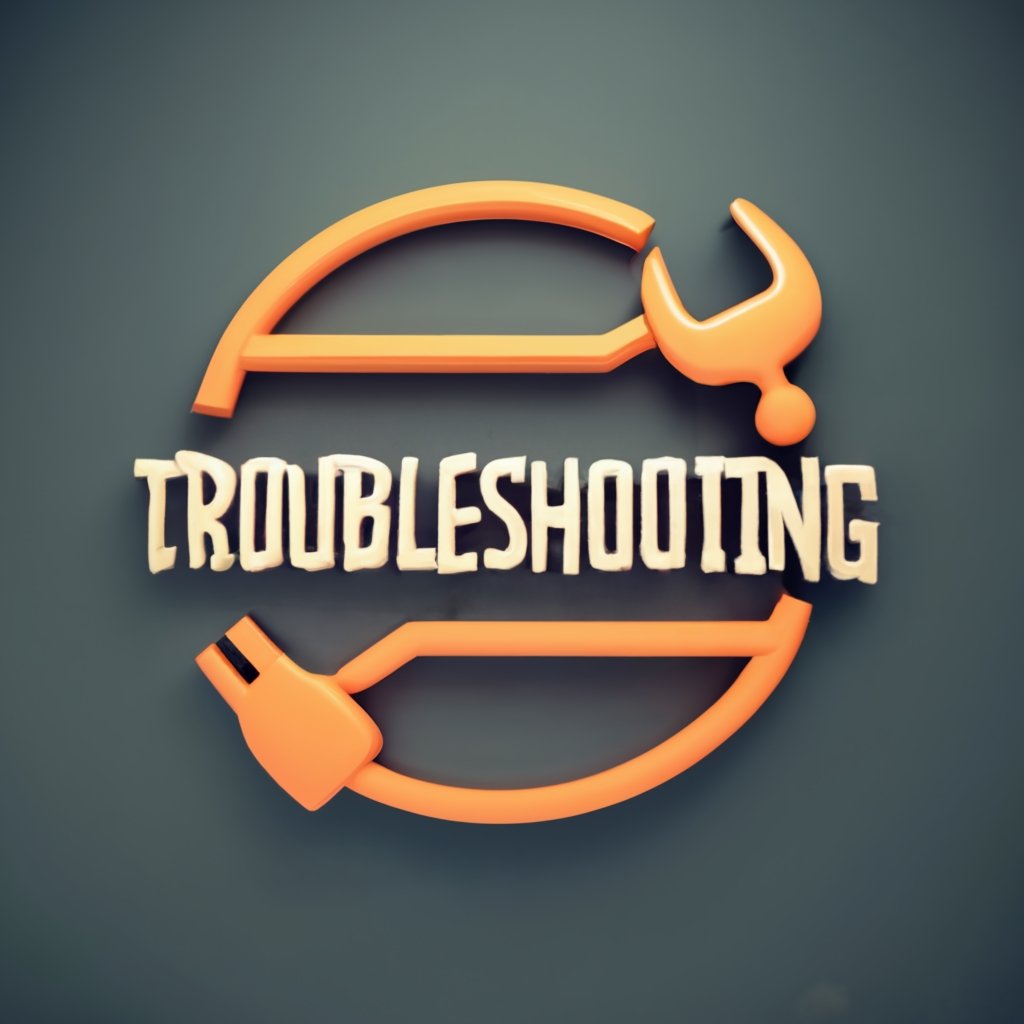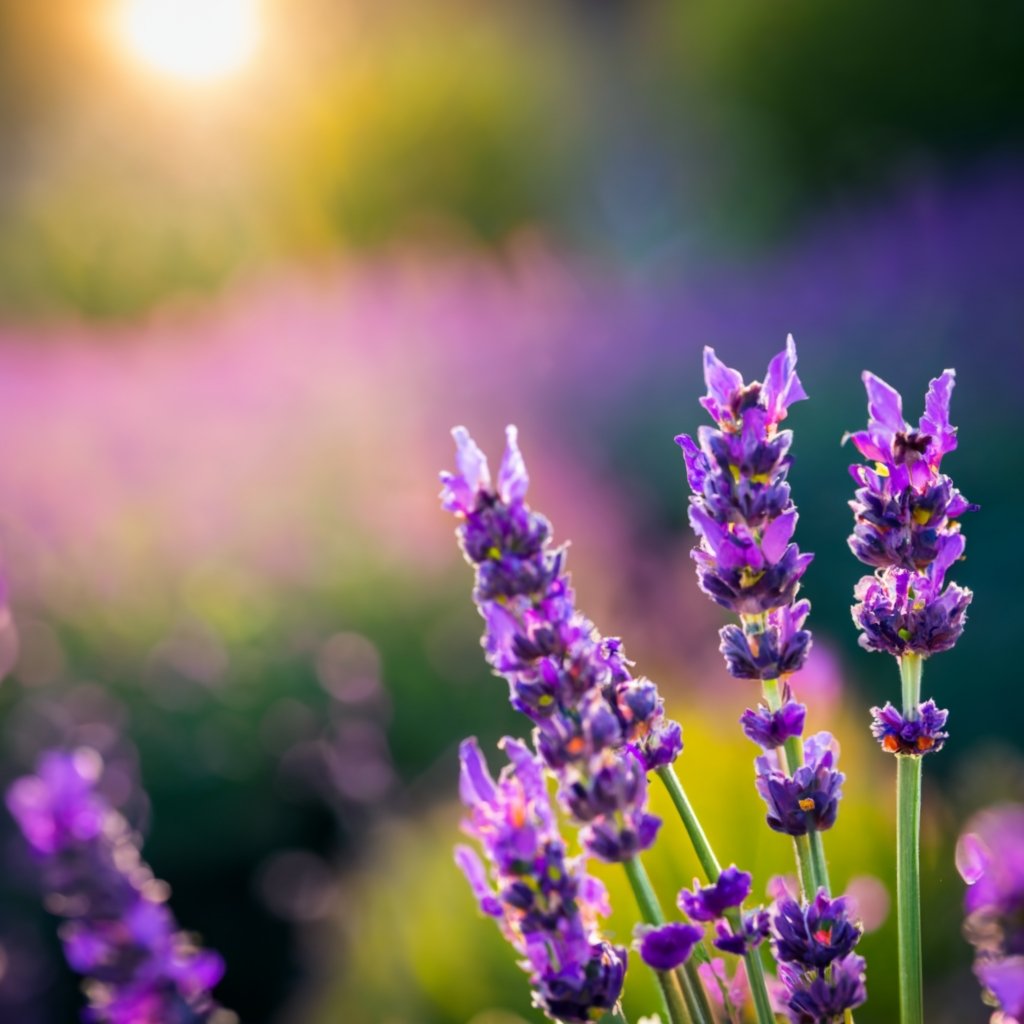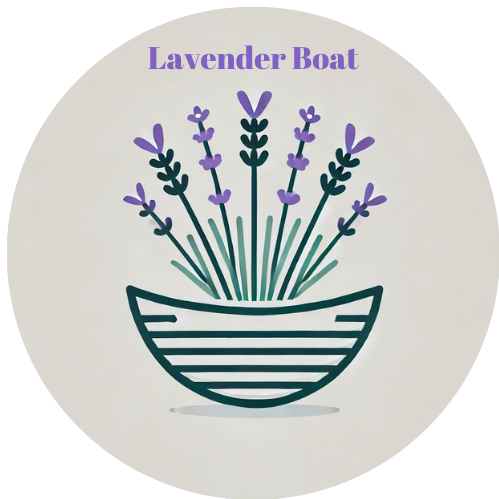Common lavender growing problems like leggy growth, root rot, wilt, leaf spot, and winter kill can be fixed by improving growing conditions and care. Start over with new plants if diseases persist.
listen to the guide
or read on . .
Revive Your Lavender With These Troubleshooting Tips
Even when cared for properly, lavender plants can sometimes struggle with issues like leggy growth, diseases, or pest damage. But don’t give up on saving your lavender yet! Many common growing problems have straightforward solutions. With a little troubleshooting and TLC, you can get those purple blooms thriving again.
Follow this guide to identify, diagnose, and resolve the most common lavender plant ailments. We’ll explore fixes for lacklustre flowering, dieback, root rot, and more. You’ll find sustainable solutions focused on improving growing conditions instead of relying on chemicals. With vigilance and swift action, many lavender problems can be turned around if caught early.
While some plants may ultimately need replacing, often a simple soil refresh, pruning adjustment, or drainage fix is all that’s required to rehabilitate struggling lavender. Don’t let frustration cause you to rip out plants too soon. Implement targeted troubleshooting first and you may be able to rescue even the most unruly-looking specimens. Get ready to play lavender doctor!
Lavender With Leggy Growth
If your lavender plants become tall, weak, and floppy, the culprit is likely insufficient sunlight. Lavender needs at least 6 hours of direct sun daily to grow compact and sturdy.
To fix leggy plants, improve light exposure by removing obstructions, trimming back encroaching plants, or transplanting to a new sunnier spot. Even moving pots around outdoors seasonally ensures adequate light access. Harsh pruning remedies leggy growth but risks plant health.
New growth will adapt to improve sunlight access. Insufficient sun prevents blooming and causes poor winter hardiness. Ensure sufficient sunlight first before trying other remedies for leggy lavender. The right light conditions fix many growth issues.
Fixing Lavender Root Rot
A common culprit in lavender dieback and death is root rot fungus. Dark brown roots confirm root rot. Caused by overly damp soil, prevention is key.
To fix, and immediately improve drainage in garden beds. Add sand, gravel, or pebbles to clay-heavy soil to improve airflow and moisture drainage. Plant on slopes or raised beds.
Remove decaying roots and rehydrate the plant slowly over 2-3 days to avoid further stress. Mix fungicide into the replanted soil to kill the remaining fungus. Water gently at soil level versus overhead.
Replace diseased plants after amending the soil for suitable drainage. Disinfect tools after working with infected plants. Proper soil and moisture management prevents this deadly root killer.
Treating Lavender Wilt Diseases
Fungal wilts like fusarium and verticillium cause rapid wilting and dieback in lavender. Unfortunately, they are often fatal without swift, strict action:
– Immediately remove and destroy infected plants to prevent spread.
– Sterilise garden tools between use on healthy and infected plants.
– Do not compost diseased plants, burn, or landfill them instead.
– Space new plants widely to allow airflow and reduce humidity.
– Mix fungicide into the soil and apply preventatively to stems.
The wilt fungi spread rapidly through soil, water, and roots. Start over in affected garden areas with new, disease-free plants and preventative care. Carefully monitor for any new wilting symptoms and remove plants at first signs.

Solutions for Leaf Spot and Blight
Bacteria and fungi lead to brown, black, or yellow leaf spots. Leaf drop and dieback follow. Fix it with:
– Remove and destroy infected leaves and stems immediately.
– Trim plants into a clean, healthy shape if partially affected.
– Apply copper fungicide spray to the remaining foliage as a shield.
– Water at the soil line only, avoiding wetting leaves.
– Space/prune plants for ample airflow to leaves.
– Keep soil consistently moist but not waterlogged.
The goal is to create an environment unfriendly to pathogens. Remove infected debris and apply preventative organic solutions. Test soil drainage and amend if needed. With quick action, affected plants recover fully in most cases.
Remedying Lavender Winter Kill
If lavender plants die back or turn brown after winter, cold damage may be the reason. Tender varieties like English lavender are vulnerable when temperatures drop below 10°F.
Choose cold hardy cultivars for your climate to avoid winter kill. Also, provide winter insulation:
– Mulch around bases to protect roots from hard freezes.
– Cover with breathable fabric when heavy frosts are predicted.
– Wrap pots in protective insulation layers if container grown.
Wait until spring growth resumes to prune dead sections. The roots often remain alive and send up new shoots. Preventing frost penetration into roots saves many plants from winter kill. Pick tough varieties and insulate the roots during cold months.
Deterring Pests Like Rabbits and Deer
Rabbits, deer, voles, and other wildlife find lavender’s tender shoots and foliage appetizing. Protect plants with deterrents:
– Ring planting areas with pet hair, blood meal, or predator urine. Refresh monthly.
– Install commercial deer/rabbit resistant fencing or individual wire cages.
– Use motion sensor sprinklers to startle and drive away Animal visitors.
– Spray plants with hot sauce, mint oil, or other natural repellents often.
– Add bee/wasp nest boxes since pests avoid them.
Take action at first signs of nibbling before substantial damage occurs. Focus on prevention early on. Once pests discover tasty plants, they become difficult to discourage without dedicated measures.
Improving Flowering on Lavender
If your lavender isn’t blooming well or producing flowers:
– Ensure the plant gets 6-8 hours of direct sunlight daily.

– Avoid over fertilising which promotes foliage growth over flowers.
– Check that lavender is an appropriate variety for your climate zone.
– Wait 2-3 years for young plants to reach maturity and flower well.
– Prune plants after flowering, not before, removing spent blooms.
– Water thoroughly in early spring to prime blooming.
Many issues impact flowering like light, age, variety, and pruning timing. Review growing conditions and plant care before taking drastic measures to improve blooming. Patience is needed for immature plants to start fully flowering.
When to Start Over with New Plants
Sometimes, despite your best efforts, lavender continues struggling and it’s best to replace it entirely.
Consider starting fresh with new young plants if:
– Root or wilt diseases persist after treatment.
– Extreme cold weather damage resists recovery.
– Plants decline in vigour, bloom production, or aroma after 3+ years.
– You desire different lavender species better suited to conditions.
– Heavy pest pressure doesn’t resolve from deterrents.
Knowing when to call it quits saves wasted time and frustration. But don’t give up too readily! Many stressed plants rebound beautifully with attentive care. Starting over is a last resort after exhausting other troubleshooting options first.
Final thoughts
Ailing lavender may seem like a disheartening loss, but recovery is often possible if you pinpoint the underlying issues accurately. Whether lanky growth, susceptibility to disease, or animal pest pressures, solutions exist to restore your plants’ health and vigour in most cases. With attentive observation, prompt action, and dedication to improving growing conditions, lavender frequently rebounds after proper diagnosis and care.
Yet even master gardeners face disappointment at times despite their best efforts. Letting go of a struggling plant opens up space for new possibilities like different lavender varieties better adapted to the site. Look at replacement not as a failure but as an opportunity. The lessons learned from troubled plants better equip you to select and care for new ones.
While frustrating, gardening mishaps provide growth for the caretaker as well as the plants. Avoid viewing troubleshooting as time wasted on a losing battle. Instead, see it as cultivating wisdom and resilience when faced with the inevitable ups and downs inherent to nurturing nature’s sometimes fickle gifts. The experience, curiosity, and patience you gain prove valuable on the lifelong journey of learning to work in harmony with plants.






